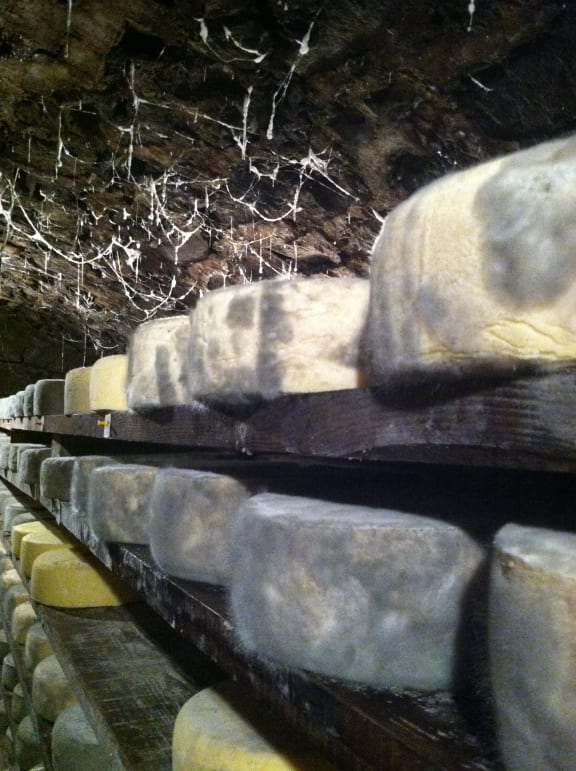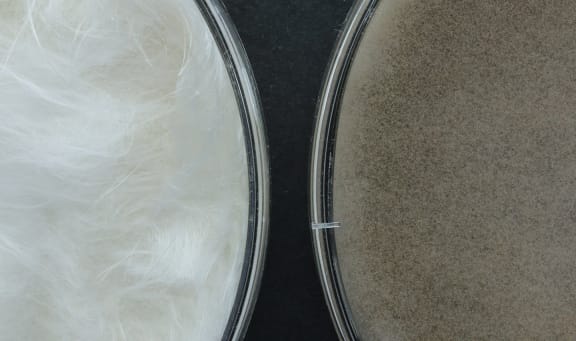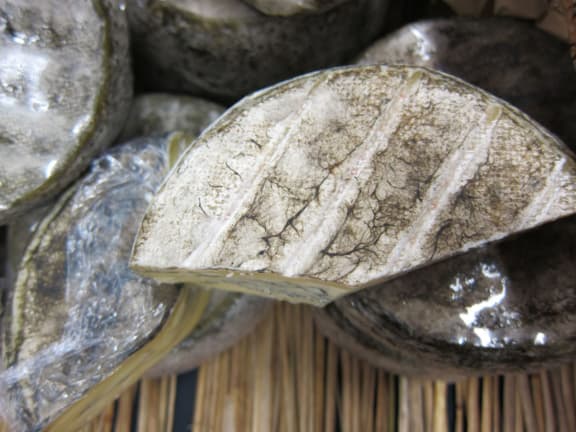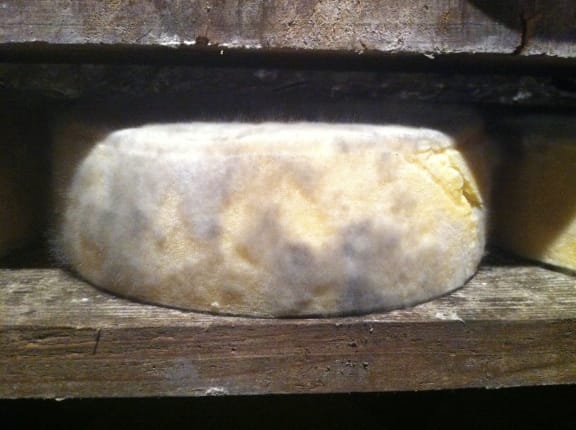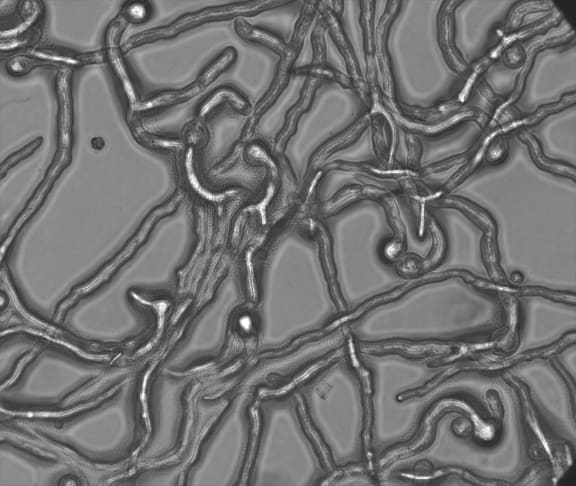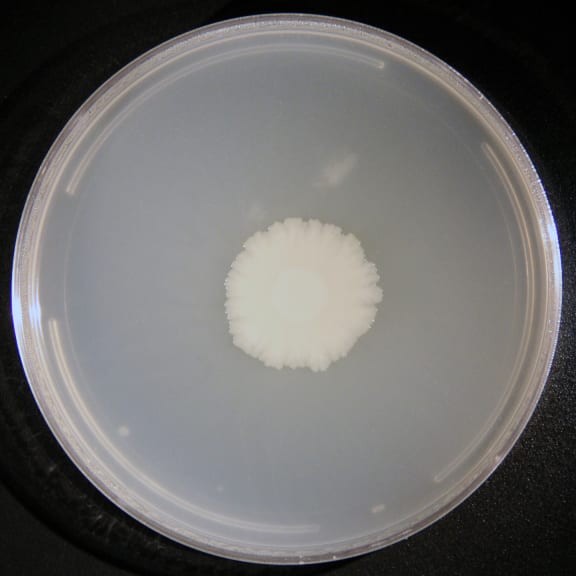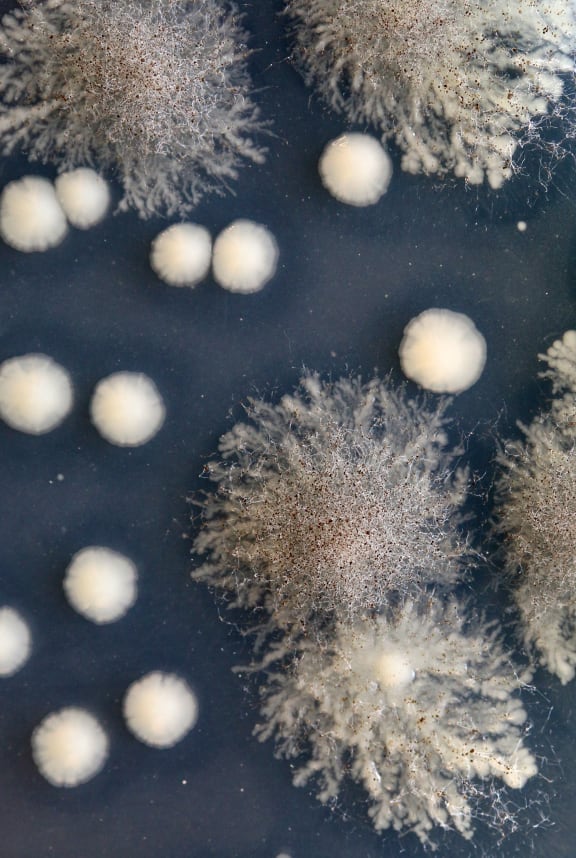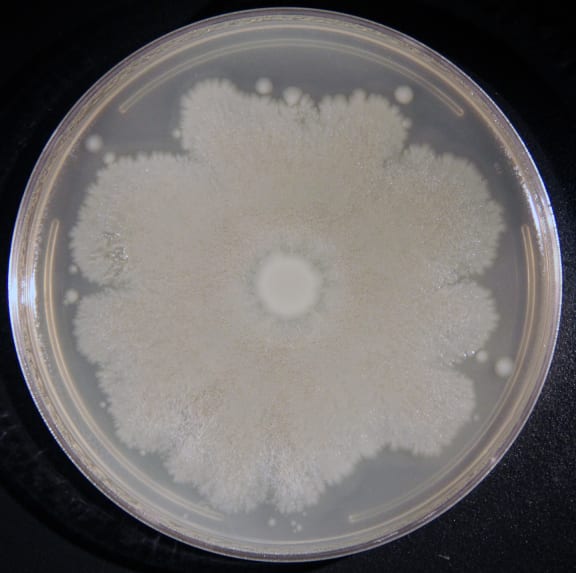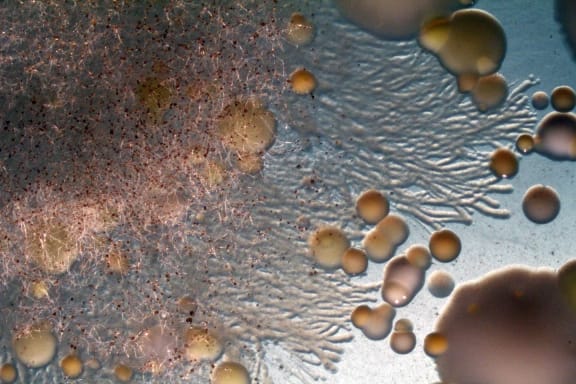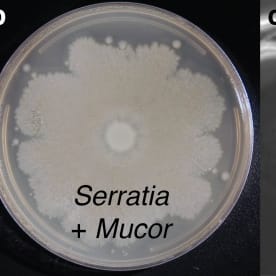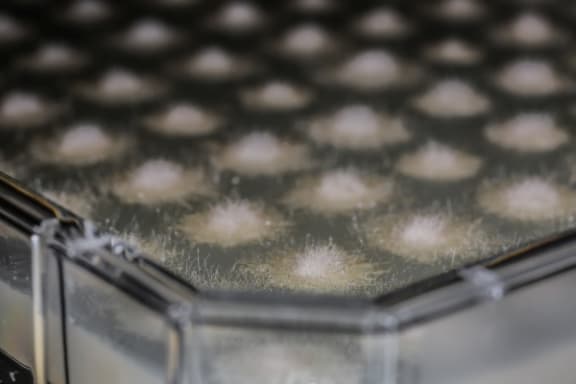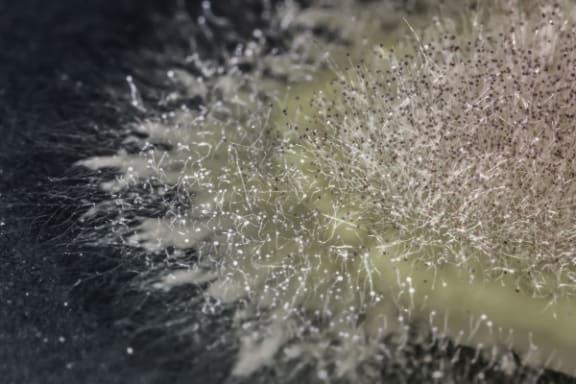Do you eat the rind on your cheese or cut it off?
Some people shun and avoid it at all costs but others love it, believing it's an integral and pleasurable part of any cheese-eating experience (unless it's the waxy coating of an edam or aged cheddar).
Rind protects the cheese and contributes to its flavour, smell and texture.
Scientists have now revealed the existence of a kind of microbial motorway, with bacteria and fungi working together to make your camembert more tasty.
Benjamin Wolfe of Tufts University has published a paper on cheese rind in the journal Nature.
He says the bacteria, yeast and moulds on the rind are using the cheese as food, and only indirectly, by breaking down the cheese, do they produce things we perceive as delicious.
Microbes on the rind release enzymes that break up the milk protein casein and decompose the milk. In that process, they make volatile compounds which can smell like anything from flowers to stinky feet.
Whether we actually want to eat depends on the rind, he says. White, fluffy rinds, such as on camembert, and washed rinds are considered good to eat. But a third type, natural rinds, are there as a protective layer rather than flavour.
Wolfe says the finding on bacteria and fungi working together arose out of an art project, where they were coaxing bacteria, yeast and moulds to grow, and photographing them.
On Saint-Nectaire cheeses, long threads made of a fungus, mucor, with a layer of bacteria on top, had formed a type of highway network on the surface
“I had never seen anything like that before. It looked to us liked these bacteria and fungi were teaming up to allow the bacteria to spread across the cheese.”
“One of the goals of my lab is to discover design principles for fermented food, and what we’ve discovered here is a basic design principle for how to control the microbial communities on cheese.”
